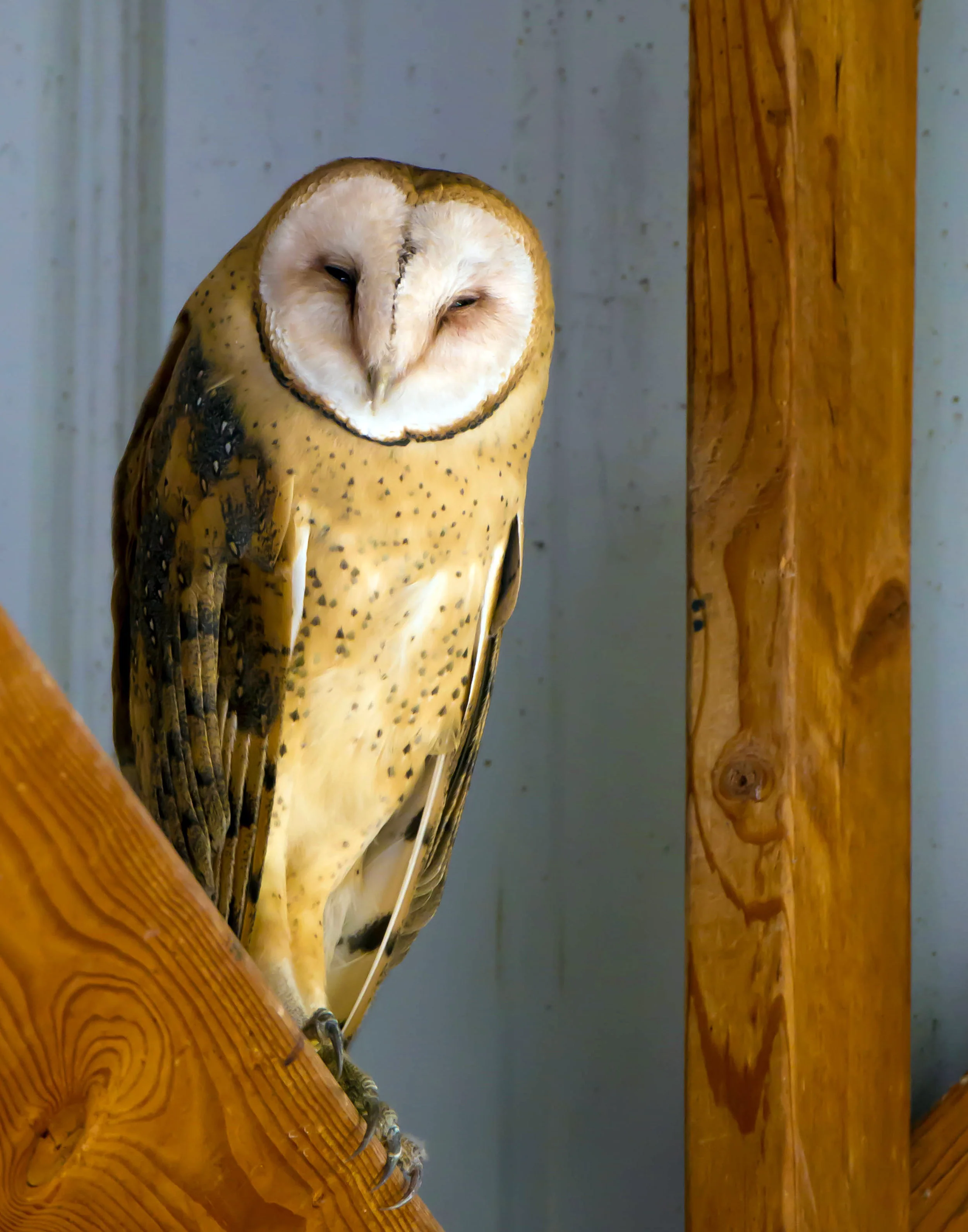Bird of the Month: Barn Owl
By Andy McCormick
PC: Mick Thompson (Barn Owl)
Scientific Name: Tyto alba
Length 16 in
Wingspan 42 in
Weight 1 lb (460 oz)
AOU Band code BNOW
The combination of the Barn Owl’s eerie screaming call, its ghostly white color, and its roosting in church belfries gave rise to many superstitions associated with it. In English folklore the Barn Owl had a sinister reputation and poets Robert Blair and William Wordsworth considered it a “bird of doom”. “The Barn Owl was also used to predict the weather. A screeching owl meant cold weather or a storm was coming. If heard during foul weather a change in the weather was at hand” (Lewis). But the Barn Owl is a source of good as well. Alcoholism was treated with raw owl egg (Lewis). Its effectiveness is not described. We do know that Barn Owls eat large quantities of mice, rats and in the west, pocket gophers and this is undoubtedly a good thing. Farmers are fortunate to have a Barn Owl nesting in their area.
The Barn Owl is usually a fairly straight forward creature. It rests by day and hunts by night, although I had a wonderful close encounter with a Barn Owl in the middle of one summer afternoon. One would think that its diet heavy on rodents would encourage Barn Owls to breed in urban areas. This occurs at times, but the bird prefers open areas as it will fly low in quartering flights over fields and along hedgerows. If the supply of rodents is low, they seek other prey including an occasional bird (Bannick). Its name is equally uncomplicated. The Barn Owl’s scientific name is Tyto, from the Greek tuto, night owl and the Latin alba, white. Owl is derived from the Anglo-Saxon ule, owl and the Latin ululo, to cry out.
The voice of the Barn Owl is characterized by three calls: a) a flight call, resembling ick-ick-ick-ick; b) a metallic bill snapping; and c) an eerie discordant scream given at night usually in flight (Dent; Bell & Kennedy).
The nest of the Barn Owl consists of a crude accumulation of debris lining a cavity in a tree, rocks, or dry well, under a bridge, or in a barn loft. Usually between three and eight white eggs are deposited and they are incubated by the female for about a month. The male provides food for the female and the young for the first couple of weeks, after which the female will begin hunting (Kaufman). First flight occurs after about two more months.
The Barn Owl is the world’s most widespread land bird and its ability to adapt to human structures has helped maintain its population in most of its range. There have, however, been some deep declines in Barn Owl numbers in the Mid-Western U. S. Some reasons for the decline include the change from hay crops to row crops which may have led to a decline in rodent populations, the loss of nesting sites due to a decline in the number of open barns and outbuildings on small farms, and the possibility of secondary poisoning from the use of anticoagulants in rat poisons (Marti, et al). Nest boxes have been placed in some areas to provide additional habitat.


